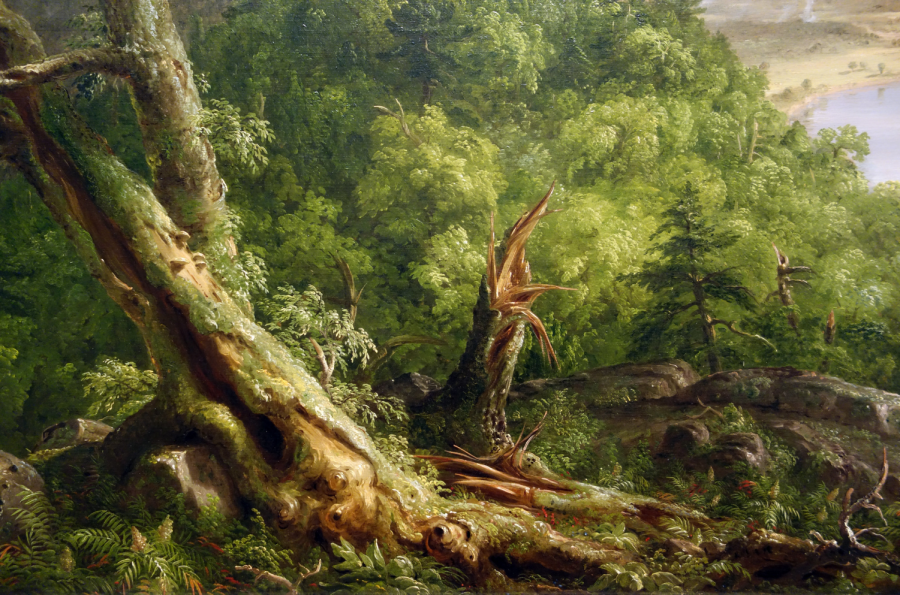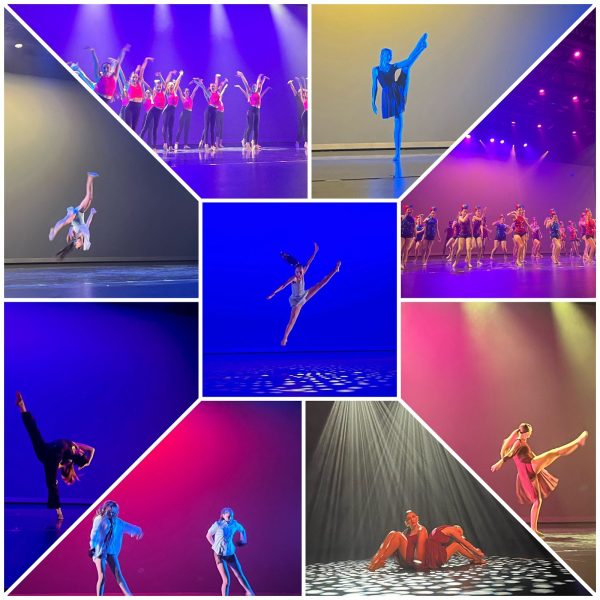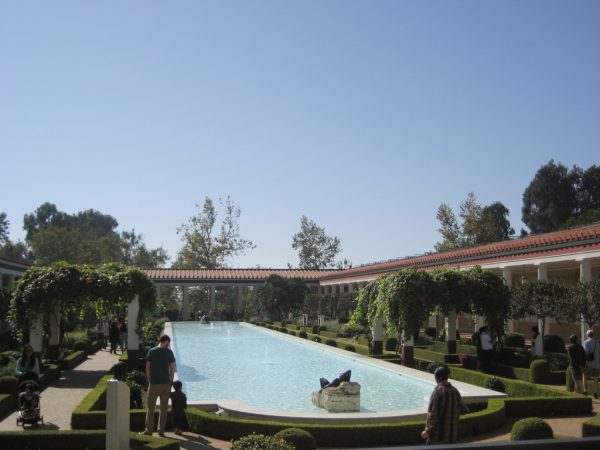Oil on Canvas Strikes Again: A Peek into Second Semester of AP Art History
March 16, 2023
When Trident Magazine last wrote an article about AP Art History titled “A History Class Unlike the Rest” in the first issue of the 2022-2023 school year, students were learning about the minimalist, contemporary art of Cindy Sherman, Magdalena Abakanowicz, and Song Su-nam. Fast forward to the new semester, the most recent unit hardly does not explore a single style of art. On the contrary, Ms. Valdez has exposed her students to Romanticism, Realism, Surrealism, Dada, German Impressionism, Modern Art, Cubism, and architecture all at once. This large array of styles has allowed students to appreciate all forms of art across a broader period of time.
Oxbow by Thomas Cole is a Romanticized panorama of the Connecticut River Valley promptly after the disruption of a thunderstorm. It is a metaphorical confrontation between wilderness and civilization in response to the impact of Manifest Destiny in United States history. The depiction of modern-day life contrasts the purity of the pristine hills to the left that seems to diminish as time passes. Thomas Cole’s work is meant to allow his audience to realize the growing influence of Manifest Destiny at the time with each discovery of new land. The work weighs the capability man has to change and transform something for his own benefit. The result of this expansion was to expand further west, from ocean to ocean as God commanded. Senior Samantha Kaufman expresses that “the sublime qualities of this painting make it so mesmerizing. I like romantic art because it appears to be light and flowery, but is packed with heavy meaning.”
Goldfish by Henri Matisse is attentive to nature, but not in a way that is realistic. His shapes are flattened and his brushstrokes are not precise. His art, as described by Cezanne, is a “harmony parallel to nature,” which creates an idyllic paradise that works with nature, as opposed to replicating it. Henri Matisse’s work is meant to invite his audience to witness the graceful movement and color of the goldfish. Matisse once wrote that he dreamt of “an art of balance, of purity and serenity, devoid of troubling or depressing subject matter, an art that could be […] a soothing, calming influence on the mind, something like a good armchair that provides relaxation from fatigue.” Smiling at the projector, Marisa Bist exclaims, “I would love to have this as a poster in my room. I like how this painting still manages to be calming despite the bright neon colors.”
Olympia by Manet is an academic painting that strayed away from traditional paintings. Manet was unapologetically confrontational in his representation of a woman escort. The painting depicts an image that is untraditional from the typical image of a reclining woman: the woman is confidently staring at the audience on a chaise lounge with pride in her nude state. She is no goddess nor a mythological figure —she is a woman that represents the contemporary subject of female prostitution.













